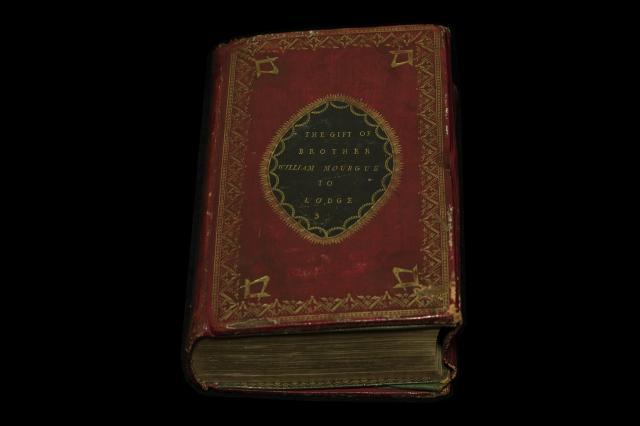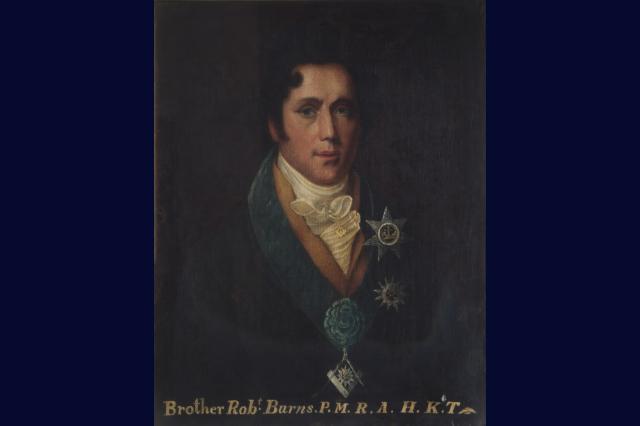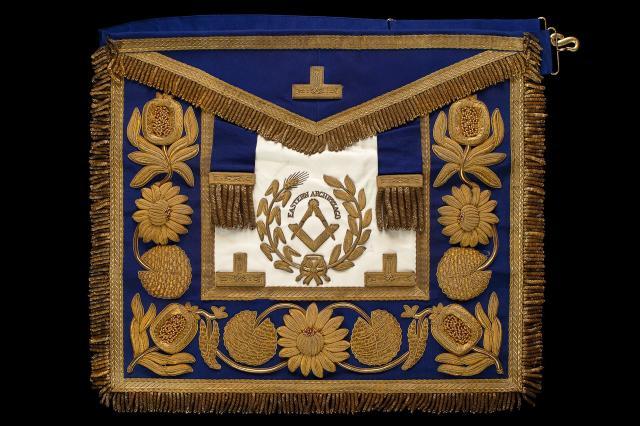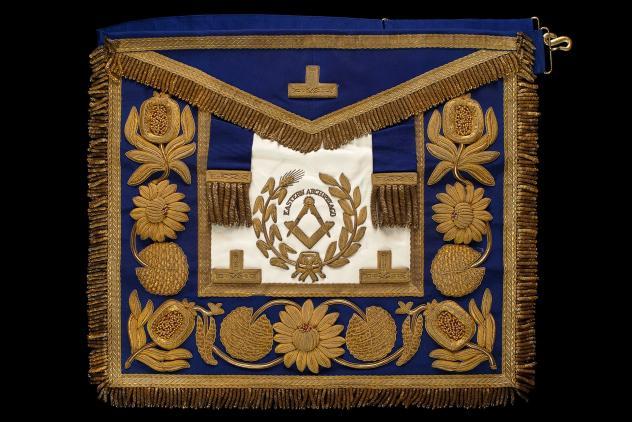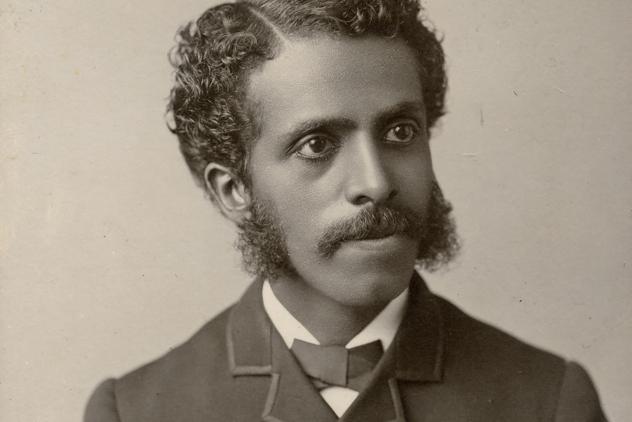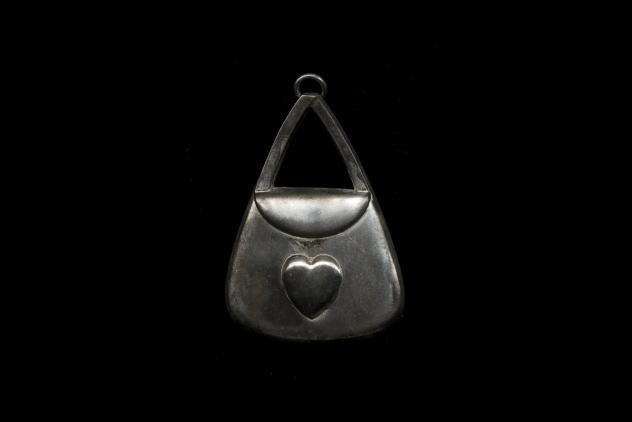The symbol of freemasonry is the square and compasses. These are two important tools used by stonemasons, so they represent the history and traditions that freemasons borrow from.
The stonemason will use the square to make sure cubes of stone are made up of perfect right angles. A perfect cube will fit together with another when they are delivered to the building site. For a freemason the square means treating people equally and fairly. The phrase ‘on the square’ means to treat people in an upright and proper fashion.
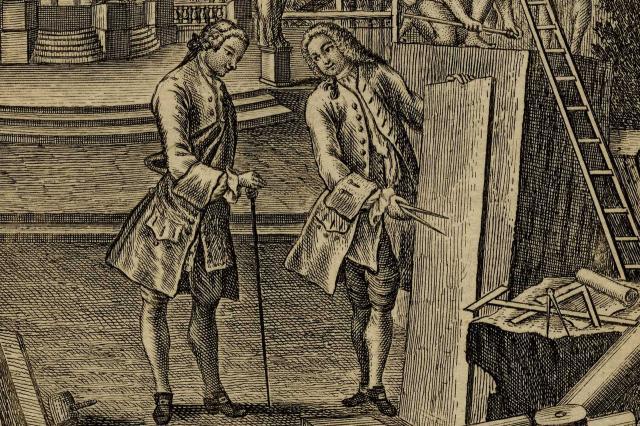
The compasses are used to draw circles and arcs on the stones, just as we all used them in our exercise books at school. In freemasonry they represent the boundary of our day-to-day lives. A freemason uses the compasses to remember never to go beyond the boundary, to stray into bad or excessive behaviour.
These are both symbols that go back before organised freemasonry but combined together they are recognised the world over as the emblem of the organisation. They sum up freemasonry’s aim of helping members to live a moderate and upright life, so they may be of benefit to their communities.
The square and compasses appear on regalia, in buildings and on many other objects in stone, embroidery or paint. See how many examples you can find throughout our website and in our collections.

